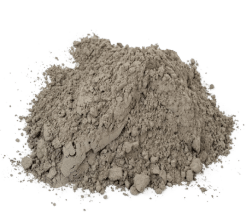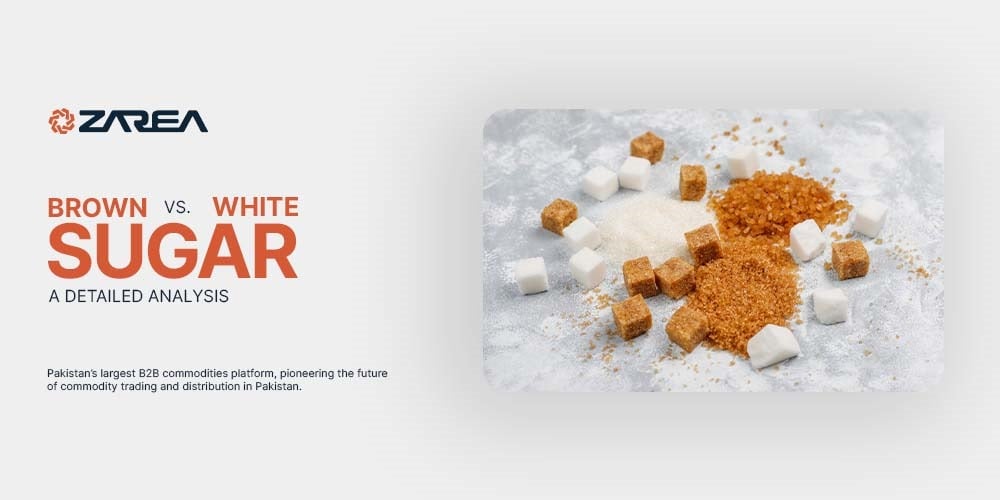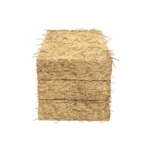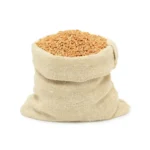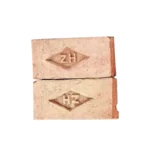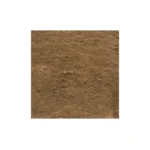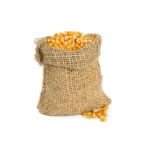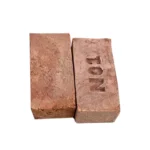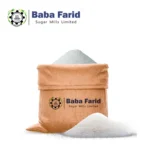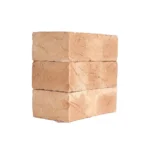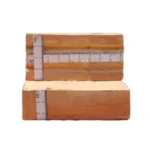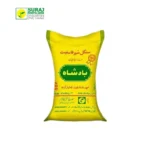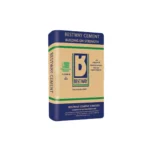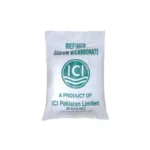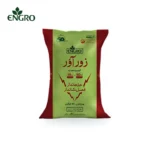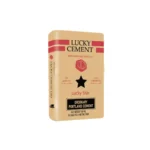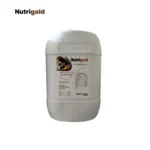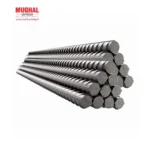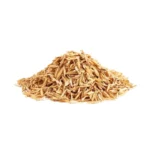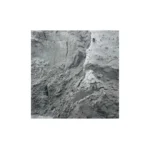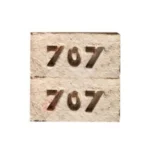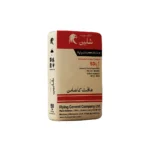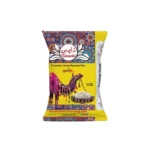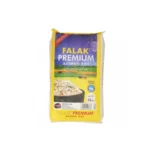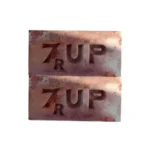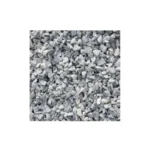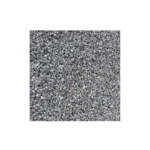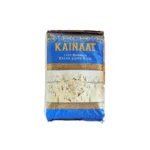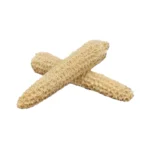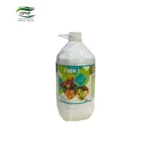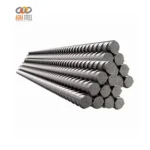Introduction – Brown Sugar:
Brown Sugar is a fundamental component in homes and industries across the globe, utilized in baking, cooking, and drinks. Two of the most prevalent varieties are raw sugar and white sugar, which have comparable functions yet vary in composition, flavor, texture, and nutritional content. This article offers a comprehensive examination of the distinctions between brown and white sugar to assist you in making an informed decision tailored to your dietary and cooking requirements.
Natural Shakar, raw sugar, or whole cane sugar is sugar that keeps a portion of the molasses from the mother liquor (the partially evaporated juice of sugar cane). The phrase ‘Natural brown sugar’ dates back to at least the 1940s, when it was observed that sugar refiners had effectively removed brown sugar from plantation owners from the consumer market. Natural brown sugar was described as: ‘The raw sugar, not the easily obtainable Shakar, which is typically white sugar with dye added.’ Thus, the term ‘Natural brown sugar’ arose to differentiate between brown sugar that retained some molasses and raw sugar that was essentially white sugar with molasses mixed in.
What is Brown Sugar?
Brown sugar is white sugar that has been refined and has molasses added, resulting in a deeper color, moist consistency, and a unique caramel-like taste. The quantity of molasses decides if the sugar is light brown (lower molasses) or dark brown (higher molasses). Shakar is a type of sucrose sugar that has a unique brown hue because of molasses content. Traditionally, it is a soft sugar that is unrefined or partially refined, containing sugar crystals with some remaining molasses (natural brown sugar), though today it is frequently made by adding molasses to refined white sugar (commercial raw sugar).
Characteristics of Brown Sugar:
- Damp and tender consistency resulting from molasses content
- Richer flavor reminiscent of caramel
- Increased moisture levels, which makes it perfect for chewy baked products.
- Somewhat higher levels of minerals (calcium, potassium, and iron) compared to white sugar.
The Codex Alimentarius mandates that raw sugar must have a minimum of 88% sucrose combined with invert sugar. Commercial raw sugar consists of 3.5% molasses (light brown sugar) to 6.5% molasses (dark brown sugar) relative to its total volume. Regular commercial Shakar is made up of as much as 10% molasses by total weight. The item is inherently damp due to the hygroscopic properties of the molasses and is frequently labeled as “soft.” The product might be processed to enhance its flow for industrial management. The inclusion of dyes or various chemicals might be allowed in certain regions or for industrial items.
What is White Sugar?
White sugar, commonly referred to as granulated sugar, is the sugar most frequently utilized around the globe. It is extensively processed and free from molasses, yielding a clean, crystalline consistency with a mild sweet taste.
Characteristics of White Sugar:
- Granular, dry consistency, allowing for easy dissolution.
- Mild sweetness, appropriate for numerous recipes.
- Extended shelf life in comparison to raw sugar
- Lacking molasses, resulting in lower mineral content and a simpler flavor.
Key Differences Between Brown Sugar and White Sugar:
In contrast, using white sugar for baking will yield a lighter-colored outcome. Therefore, the choice you make will rely on the outcome you wish to achieve. Replacing white sugar with brown sugar in recipes will change the color of foods, imparting a light-caramel or brown tint. Brown and white sugars possess distinct flavor characteristics. Shakar possesses a rich flavor reminiscent of caramel or toffee because of the inclusion of molasses. Due to this, it performs effectively in chocolate cakes and cookies, in addition to decadent fruit cakes.
Conversely, white sugar is sweeter, enabling you to use a smaller quantity to achieve your preferred flavor. Its mild taste makes it a flexible component in baking, suiting fruit sponges and sweet treats.
| Feature | Brown Sugar | White Sugar |
|---|---|---|
| Color & Texture | Light to dark brown, moist | White, dry, granulated |
| Flavor | Rich, caramel-like | Neutral, pure sweetness |
| Composition | White sugar + molasses | Pure sucrose |
| Nutritional Value | Slightly higher minerals | No significant minerals |
| Best Used For | Cookies, marinades, sauces | Cakes, beverages, pastries |
| Moisture Content | Higher (due to molasses) | Low (dry texture) |
Culinary Uses – When to Choose Which?
White and brown sugar can be utilized in various methods in baking and cooking. Although they can occasionally be used interchangeably, this might influence the color, taste, or texture of your end result. The moisture retained by the molasses in Shakar leads to baked items that are softer but also denser. Additional applications for raw sugar could involve flavorful glazes and sauces, like barbecue sauce.
When to Use Brown Sugar
- Making soft cookies, brownies, or cakes that require moisture retention
- Creating caramel sauces and glazes to enhance flavor depth.
- Improving barbecue sauces and marinades with a hint of molasses.
When to Use White Sugar
- Creating airy and delicate cakes, muffins, and pastries.
- Adding sweetness to drinks such as tea, coffee, or lemonade
- Making candies and syrups where a clean sweet flavor is needed.
Nutritional Comparison: Is One Healthier?
Although brown sugar has a bit more minerals than white sugar because of molasses, the distinction is minor. Both kinds contain comparable calorie content (around 16 calories per teaspoon) and influence blood sugar levels similarly. Neither option is notably healthier, so moderation in consumption is essential.
When you examine the nutrition label, you will probably notice sugar and added sugars mentioned. The total sugars in a product consist of the naturally occurring sugars found in foods like dairy and fruit, along with any added sugars that are included in foods and drinks during their processing and preparation. White and raw sugars are types of added sugars.
According to the Sugar Association, there is no nutritional benefit to choosing white sugar instead of Shakar or the other way around: “Nutritionally, all natural sugars offer roughly similar nutritional value with about 15 calories per teaspoon (4.2 g).”
Which One Should You Choose?
The decision between brown and white sugar is based on individual taste and purpose. For a more intense flavor and wetter texture, brown sugar is the superior choice. For those who favor a neutral, dry, and readily dissolvable sweetener, white sugar is perfect.
The decision to select white or raw sugar is based on individual preference, since flavor and color are the primary distinctions between them. Even though Shakar has a higher mineral content compared to white sugar, the amounts of these minerals are so small that they do not offer any health advantages. Significantly, sugar is believed to be a contributing factor to the obesity crisis and a primary cause of illnesses, such as type 2 diabetes and heart conditions.
Final Thoughts:
Both brown sugar and white sugar possess distinct characteristics and applications in cooking and baking. Though they can be used interchangeably in certain recipes, their variations in moisture, taste, and texture render them more appropriate for particular uses. No matter your selection, moderation is essential for sustaining a balanced diet.
The two most common types of sugar are brown and white sugar. Although they are made in different ways, leading to unique flavors, hues, and cooking applications, raw sugar is typically just white sugar that has been processed with molasses. In contrast to popular opinion, they have comparable nutritional values. raw sugar has a bit more minerals compared to white sugar, but it does not offer any health advantages.
Are you interested in gaining more information about healthy sugar substitutes or low-calorie sweeteners? Share your thoughts in the comments or visit Zarea home page!
FAQ’s:
Is brown sugar a healthy sugar?
In contrast to popular opinion, they have similar nutritional content. Raw sugar has a few more minerals than white sugar, but it does not offer any health advantages. In reality, for optimal health, your consumption of all kinds of sugar should be restricted.
What is brown sugar called in Pakistan?
Brown Sugar is referred to as Surkh Shakkar or Raw Sugar as well. It does not undergo any refining process like that of other sugars. It is produced from sugar cane through boiling, cooling, and gradually crystallizing.
What is brown sugar used for?
Raw sugar enhances the taste of sweets and baked items. It can replace maple sugar, and in recipes, maple sugar can take its place. Brown sugar caramelizes significantly faster than refined sugar, and this property can be utilized to give a brown color to glazes and gravies during cooking.
Are there 3 types of brown sugar?
Molasses deepens the hue and influences the taste, resulting in raw sugar being sweeter, more robust, and more intricate than white sugar. There are two primary varieties – light brown sugar and dark brown sugar.
Is brown sugar ok for weight loss?
Brown sugar typically possesses a lower glycemic index (GI) compared to white sugar. Foods that have a lower GI are thought to lead to a more gradual and consistent increase in blood sugar levels, which may help with appetite regulation and weight control.
